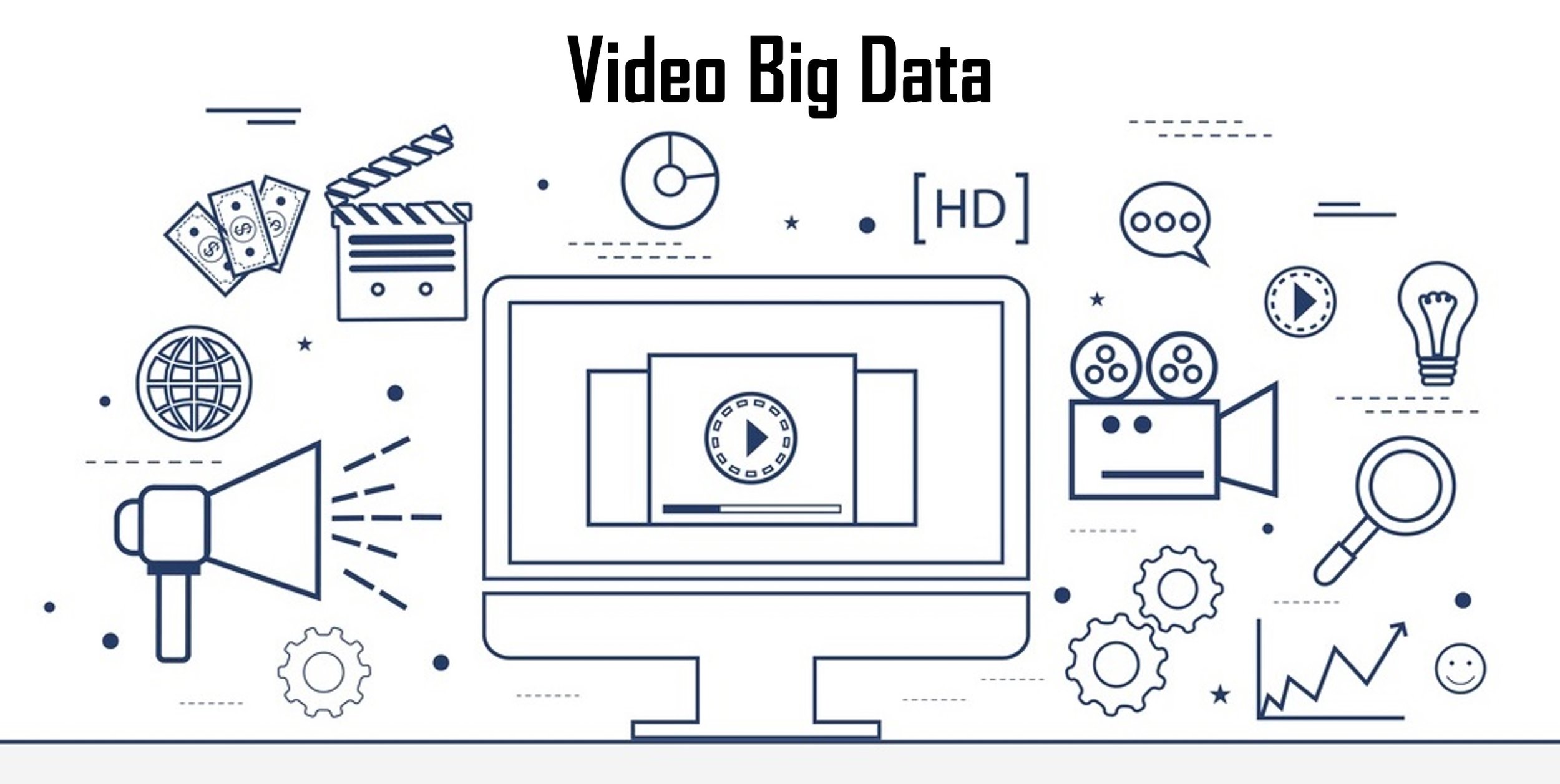Fact: YouTube sees more than 300 hours of videos uploaded every minute. That's 18,000 years worth of videos in a year. And that's just YouTube ONLY! If we add all other videos in the public domain, we wouldn't even know where to start with the numbers.
However, the even bigger numbers are actually hidden in the private domain from sources like broadcasters, media companies, CCTVs, GoPros, bodycams, smart devices, etc. We are recording videos at an unprecedented pace and scale.
There is one word to describe this - BIG!
Which brings us to Video Big Data. Or should I say the lack of it. Even the term "Video Big Data" is rarely heard of. The reason is pretty simple - this stems from the inability to extract video data and making sense of it. But there is so much information embedded inside videos that is waiting to be discovered, it's an absolute goldmine!
So the real question is... how can we extract value from videos?
However, the problem with video is that it is the most difficult medium to work with. There are a few reasons why:
- There are so many elements inside a video (speech, text, faces, objects, etc)
- It is not static.
- It is very difficult to extract the various elements of video data.
- Each video element requires a different data extraction technique.
- It is very difficult to make sense of video data because of its unstructured nature.
- It's expensive to extract data at scale
These problems are real and is preventing the arrival of Age of Video Big Data. But there is hope yet. With substantial use of Artificial Intelligence, VideoSpace is beginning to crack this enigma.
In the next segment of this "Video Big Data" Series, we will examine how we can tackle these problems and extract value from videos.

